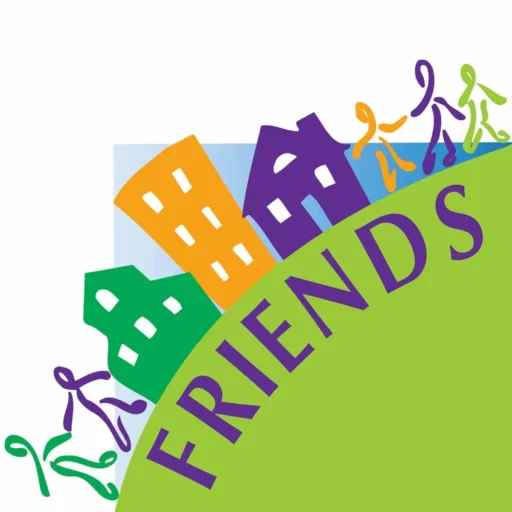
Across the country, child abuse prevention and family support programs are increasing the rigor of their evaluations. Programs that once limited evaluation to tracking participant satisfaction and service outputs are now crafting detailed logic models, measuring participant outcomes and monitoring program fidelity. The field as a whole is becoming more accountable.
Quantitative methods are often the mainstay of evaluation. These methods are both useful and necessary. They yield information that can be statistically analyzed and presented in the form of tables and charts. No good evaluation will be without quantifiable results. But it is not enough to measure only what happened throughout the course of providing services to families. It is important to discover why and how they happened.
Qualitative evaluation cannot be dismissed as “just collecting anecdotes”. It is far more. By intentionally and thoughtfully using qualitative evaluation methods, one can understand why certain results were achieved or not achieved, explain unexpected outcomes and inform decisions about modifications to service provision.
Time to complete: Approximately 2-hours

